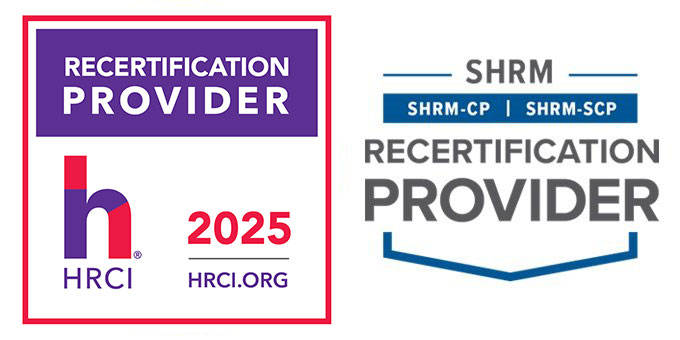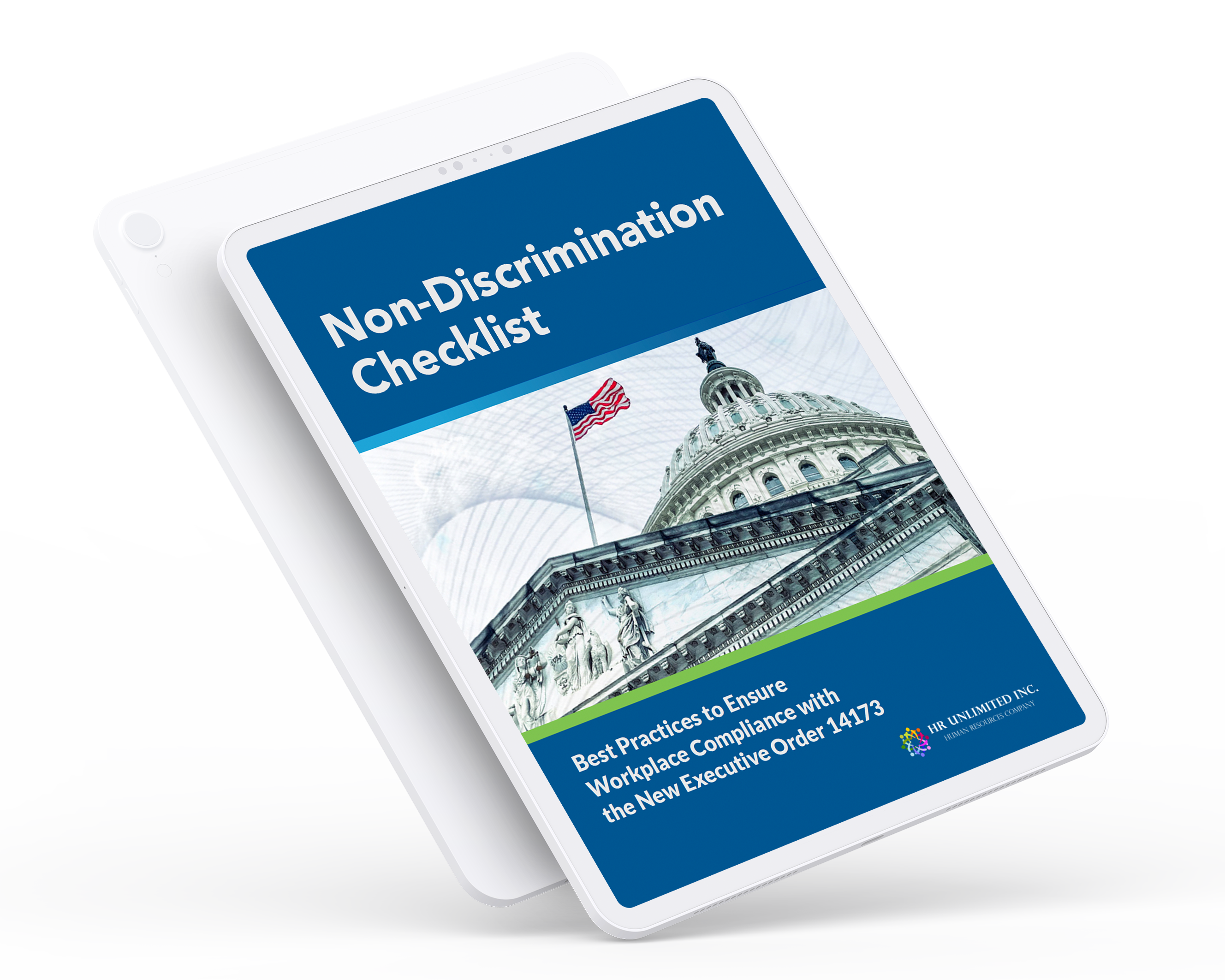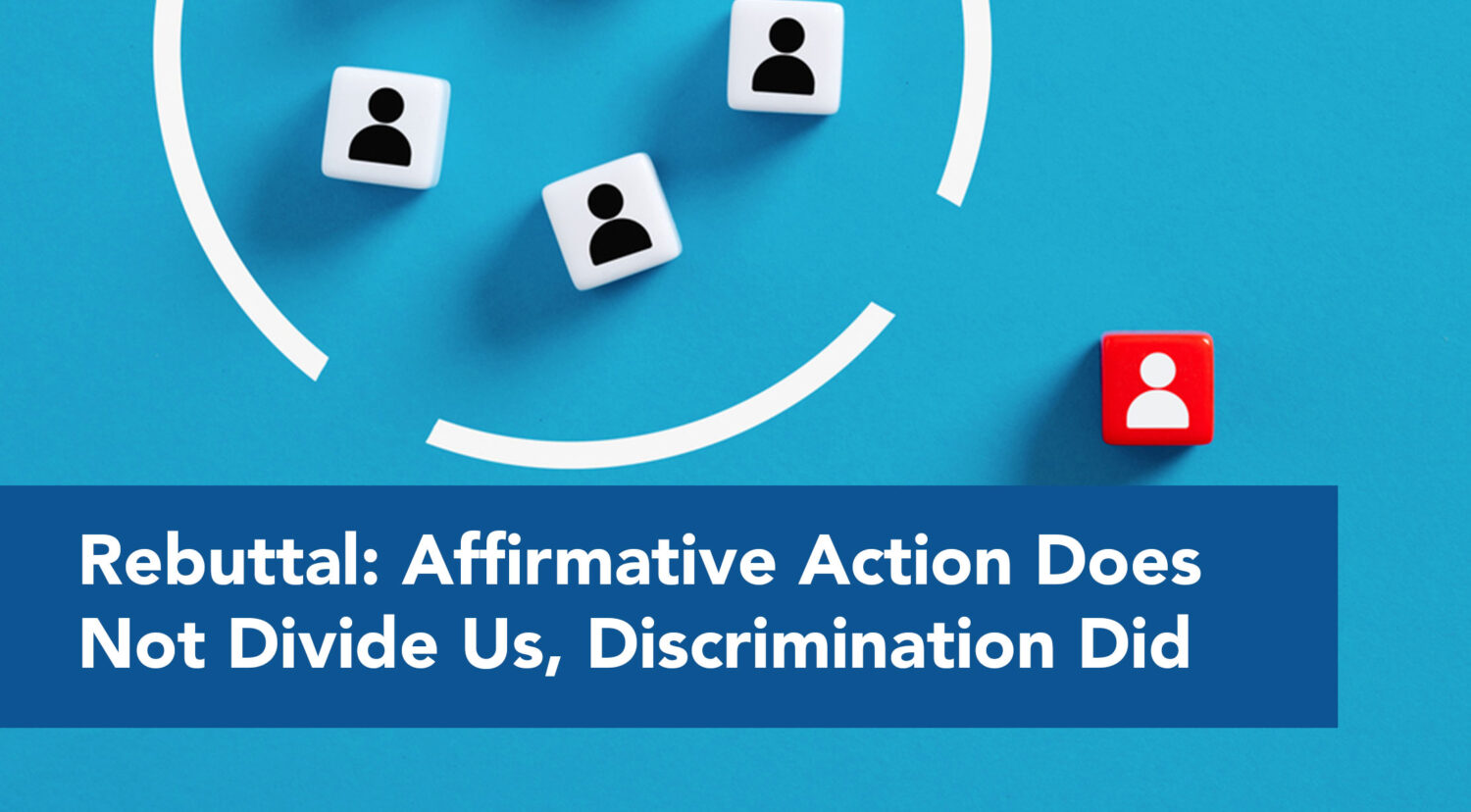It’s all but official. Affirmative Action protections will now include sexual orientation and transgender status as protected classes. The Office of Federal Contract Compliance Programs has announced issuance of Final Rules in this regard, which will apply to federal contracts entered into or modified on or after the effective date of the Final Rule, which is 120 days after the date of publication in the Federal Register. As of now, the expected publication date is December 5, 2014, giving contractors until approximately March 5 to learn and comply with the particulars.
A. The Background
You may recall that on July 21, 2014 President Obama, apparently frustrated with Congress’ unsuccessful attempts to address the rights of the LGBT population in the workplace, signed Executive Order 13672. E.O. 13672 amended Executive Order 11246, one of the pillars of Affirmative Action Law. E.O. 11246 forbids discrimination in employment by federal contractors on the basis of race, color, religion sex or national origin. President Obama’s new Executive Order 13672 now adds sexual orientation and gender identity to this list of protected categories. In this Order, the President also directed the Secretary of Labor to prepare regulations implementing the new protections.
B. What Is –and Is Not—Required Under the Final Rules
Initially, the contractor community received the news of the new Executive Order and impending regulations with much worry that they would impose onerous additional requirements. Given the OFCCP’s more aggressive enforcement activities, including the imposition of additional requirements in connection with Section 503 and 4212, focus on compensation, and its new Scheduling Letter, these fears, in all fairness, were not unfounded. The good news for contractors, is that the Final Rules, in and of themselves, do not appear to impose too many new requirements—at least for now.
The Final Rules basically amend the implementing regulations already in place in connection with EO 11246 to include sexual orientation and gender identity as protected characteristics. Contractors therefore may not discriminate against any employee or applicant for employment on the basis of race, color, religion, sex, sexual orientation, gender identity or national origin. Under the Final Rules the E.E.O. clause to be included in all federal contracts and sub-contracts must also include sexual orientation and gender identity as protected characteristics.
Perhaps what is most important to contractors about these Final Rules is what they do not require. The Final Rules do not require solicitation or analysis of any data regarding sexual orientation or gender identity of any applicants or employees. This means that if you are required to write and implement AAP’s you will not have any additional AAP requirements imposed upon you as a result of these new Final Rules. The downside for those looking for greater protections to the LGBT community is that covered contractors’ compliance will not be subject to the same scrutiny as their commitment to non-discrimination and affirmative action toward women and minorities. You will still be accountable, however. If you do not comply, you may find yourself at the receiving end of a charge if an employee or applicant complains either to the OFCCP or the EEOC.
While the Final Rule does not include a religious exemption, the OFCCP stated in an FAQ that the implementing rules do not change the existing exemption contained in an amendment to EO 11246 signed by President George W Bush. That exemption allows religiously affiliated contractors to favor workers of a particular religion when making certain employment decisions. It does not exempt religious organizations from compliance based on the organization’s beliefs, however. This gap could become the subject of dispute in the future.
Finally, the Rules leave out a key piece of information: nowhere do they actually define “sexual orientation” or “gender identity”. While generally the OFCCP adopts EEOC definitions and interpretations of such terms, it does not appear that the EEOC has provided any explicit definitions either, although it has in position statements impliedly included gays, lesbians and bi-sexuals as those protected against discrimination based on sexual orientation, and, impliedly included those who have either undergone or who are in the process of undergoing sexual reassignment surgery within the category of “transgender”. While these groups appear to be included, that does not mean that the definitions are necessarily limited to only these groups. It is not clear whether the lack of explicit definition will present any problems.
Finally, you may have noted that the OFCCP issued its Final Rules without providing any prior notice and opportunity for comment. The agency, in its FAQ, which you can find here, explains that since the President’s Order clearly told the OFCCP the steps it was to take, leaving it no discretion as to how to proceed, “principles of administrative law allow an agency to publish final rules without prior notice and comment when the agency only makes a required change to conform a regulation to the enabling authority, and does not have any discretion in doing so.”
C. What to Do:
The good news is that the Final Rules should not require too many changes. In general, if you are a federal contractor or sub-contractor, you should review your policies, handbooks and contracts, updating them to include sexual orientation and gender identity as protected categories. You should advise your recruiters and managers of these changes and ensure that your practices are aimed at preventing discrimination and harassment on these bases.





